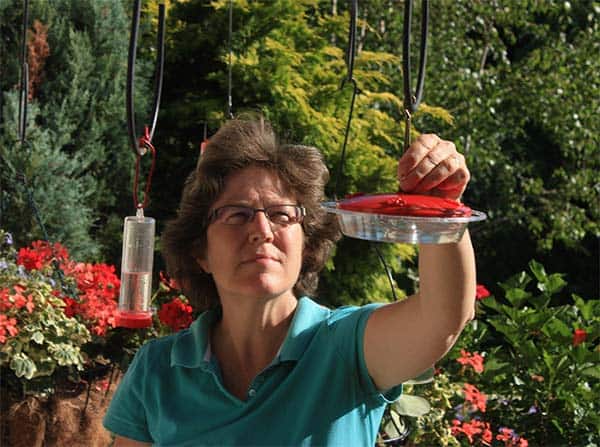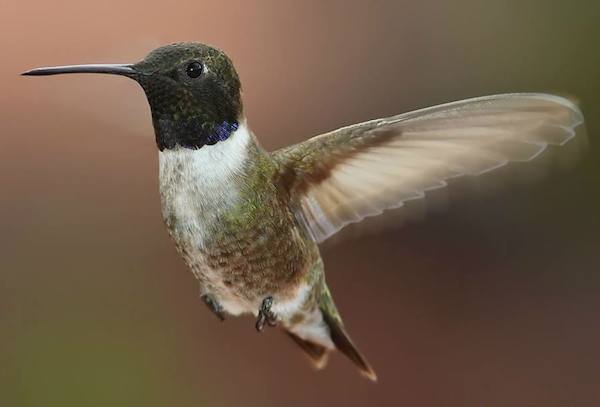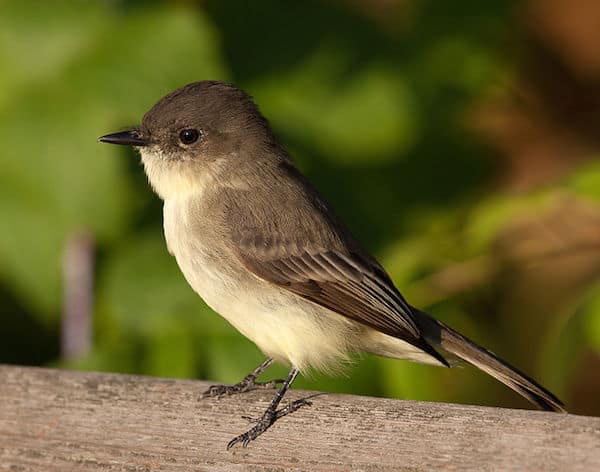Look For
The smallest oriole in North America is also the darkest, with a designer color scheme of chestnut and black that is rarely seen in songbirds. The male’s deep orange-chestnut underparts are set off by a black hood, back, and tail. The female is an even olive-yellow overall, with whitish wing bars. She is small enough to sometimes be mistaken for a warbler. Newly fledged young are olive-yellow, and males in their second spring are similar, but for a striking black “beard.” This plumage can confuse the beginning bird watcher.
Listen for
The orchard oriole’s song is rich, fast, and varied, with chatters and metallic notes pouring out in a jumble: look here! up here! see me? how’s it going! chh-chh! hey you! Call note is a soft chuck! Or twee-ohh! The alarm call is a dry check!
Find it
Look for it along watercourses, on farmsteads, and in orchards. In suitable habitats, the orchard oriole may nest semi-colonially, with several nests to a tree. This raises interesting and as yet unanswered questions about its mating system and social behavior.
The orchard oriole is strongly associated with watercourses and inhabits areas with smaller, denser trees than does its larger cousin, the Baltimore oriole. Farmyards and gardens and some yards with scattered trees are graced with its dynamic presence. Orchard orioles spend a relatively short time on the breeding grounds, often departing for Central America as early as July, after raising a single brood.
Feed it
This oriole eats primarily insects, but it is fond of nectar and fruits as well, taking whatever is available. Blooming black locust trees, rich with sweet nectar, are irresistible, and it will slit the sides of trumpet vine flowers to access the nectar. Orchard orioles glean tree leaves for insects and sometimes hunt grasshoppers near the ground in agricultural fields.
WOW!
Orchard Orioles are not as territorial as some other songbirds. They commonly nest in a tree containing the nests of one or more other pairs of Orchard Orioles.




